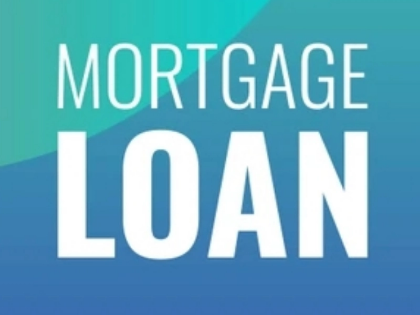The Trends to Watch in the Future of Mortgages
Professionals in the mortgage sector must grasp the trends influencing mortgages in light of the ever-changing market. These trends are reviving the mortgage industry by improving property appraisal accuracy, simplifying application procedures, and reinventing risk assessment.
For example, the housing market is being driven differently by the demands and habits of millennial homebuyers. They choose digital onboarding solutions that offer smooth data transfer and speedy services.
Human-machine intelligence (AI)

AI is a potent technology that is revolutionizing the work of mortgage professionals. It streamlines and automates a lot of tasks related to mortgages, which lowers costs and lowers risk. Additionally, it gives lenders the ability to offer more individualized services and raise borrower satisfaction.
AI can enhance loan underwriting by evaluating data points to evaluate creditworthiness and make more precise predictions about borrower behavior. By spotting irregularities in data, it may help identify fraud threats and take appropriate action.
By providing conversational assistants with individualized support for borrowers, mortgage AI/ML also improves the customer experience. These chatbots can assist borrowers with self-service alternatives, explain technical vocabulary, and respond to frequently asked questions. In order to avoid late fees, they can even provide proactive payment reminders and notifications. They can also spot up-sell and cross-sell chances to increase ROI for the lender.
Blockchain

The blockchain, which powers cryptocurrencies, is a relatively recent innovation with a wide range of applications, although many people are familiar with it. Blockchain is a type of decentralized digital ledger that makes information safe and unchangeable. With the use of this technology, the mortgage application process can be streamlined by doing away with middlemen and mountains of paper documentation.
For instance, some lenders are using blockchain technology to expedite the processing of mortgages and simplify document management. Other applications include improving security and openness by granting real-time access to information to those who are allowed. Additionally, it can be utilized to lower the risk of fraud, enhance data integrity, and automate compliance. This will save banks money while simultaneously enhancing the general client experience.
Mechanization

Lenders and service providers must lower operating expenses while enhancing the client experience. They have a great chance to do this by embracing automation.
Automated mortgage solutions expedite turnaround times and simplify procedures. They also lessen the chance of noncompliance and human error. Lenders benefit from a reduced cost structure and increased return on investment.
In the mortgage business, automation enables you to deliver your clients the individualized care they require and desire. For instance, chatbots designed for mortgage automation can automatically interact with borrowers to respond to their inquiries and requests. They feel appreciated and understood as a result, which fosters trust. Automated communication solutions can also guarantee that they stay on course and are informed of important process milestones.
APIs

As the largest asset class in the world, the mortgage market is a trillion-dollar sector, and banks must meet strict regulatory requirements while keeping up with homeowner demand. Mortgage processing companies are streamlining their operations to provide a seamless mortgage application procedure in light of the advent of new digital tools.
These days, mortgage lenders can utilize data analytics to build comprehensive client profiles. In order to facilitate improved decision-making and client-centered service, these profiles are essential.
Stacks of paperwork and laborious verification processes characterize the slow and complicated traditional mortgage application process. Borrowers also have difficulty locating loan offers that take into account their particular preferences and financial circumstances. As a result, shared equity providers have expanded, giving borrowers access to liquidity by paying for a portion of their down payment in return for a piece of the home's potential future appreciation.
Online Acquaintance

In contrast to traditional onboarding, which takes place in person and necessitates paper documentation, digital onboarding can happen from a distance. This procedure authenticates customers online and verifies their identity using cutting-edge technology. Additionally, it reduces expenses and improves accessibility by doing away with the need for paper documentation.
The capacity of digital onboarding to expedite account openings and enhance the user experience has proven beneficial to the banking industry. Nonetheless, maintaining a seamless user experience while adhering to KYC and AML regulations is still difficult.
In order to verify a client's identification in real time, lenders must employ cutting edge technologies like liveness detection and facial verification. This helps them avoid fraud and comply with AML regulations, particularly in a highly regulated industry. Clients can finish their onboarding from any location at any time by utilizing a single platform for this.









